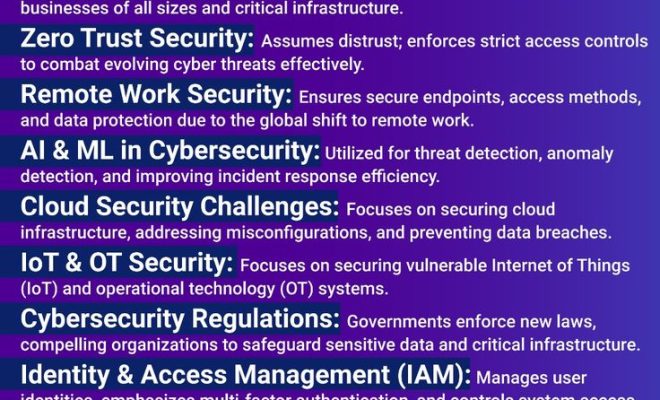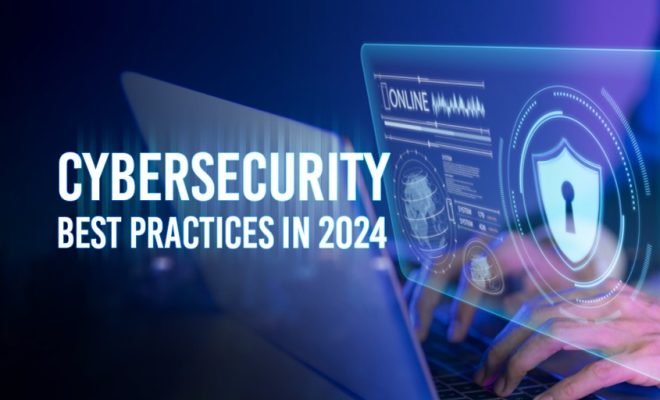The Art of Security: Best Sycosure Practices

In the ever-evolving world of technology, the concept of security remains at the forefront of business necessities. As we delve deeper into the digital age, ‘Sycosure’ practices, or practices ensuring undeniable safety and assurance, have become pivotal in safeguarding information and assets. The term ‘Sycosure’ symbolizes a keystone in cybersecurity – a surety that systems are defended against increasingly sophisticated threats.
To start with, the essence of ‘Sycosure’ is a comprehensive approach to security that encompasses several dimensions: from physical security to network defenses, and including personnel awareness training. It’s about creating an environment where security is not just a protocol but a culture.
First among these practices is the implementation of robust access control measures. By ensuring that only authorized personnel can access sensitive information, companies can significantly reduce the risk of data breaches. This involves using strong, unique passwords and implementing multifactor authentication that adds an extra layer of security beyond simple password protection.
Network security cannot be overlooked in the conversation about Sycosure practices. Firewall technology is foundational in creating barriers between secure internal networks and potential threats from outside sources. In addition to firewalls, employing cutting-edge intrusion detection and prevention systems (IDPS) helps in monitoring network traffic for signs of malicious activity.
Another critical aspect is the use of encryption, which should extend beyond stored data to encompass data in transit. Encryption translates data into a format that can only be read by someone who has the key to decode it, thus keeping confidential information secure from interceptors and hackers.
Regularly updating and patching software can prevent attackers from exploiting known vulnerabilities. Automated update systems can be implemented so that software remains up-to-date without user intervention, negating delays that could provide an opportunity for an attack.
In terms of physical security, Sycosure practices involve securing all entry points to premises with badge access systems, surveillance cameras, and perhaps biometric scanning for highly sensitive areas. This not only deters potential intruders but also aids in investigating security incidents should they occur.
Employee education plays an equally crucial role in maintaining a secure environment. Regular training sessions should be mandatory to familiarize staff with current cyber threats and phishing tactics used by attackers. These sessions should strive to create a vigilant workforce that can act as the first line of defense against potential breaches.
Finally, Sycosure best practices include having an incident response plan in place. This ensures any breach or suspected breach is dealt with swiftly and efficiently to minimize damage. It also involves regular testing through drills or simulated attacks to ensure the effectiveness of response protocols.
In conclusion, employing best Sycosure practices means embracing a holistic perspective on security where technology solutions are bolstered by strategic planning and human vigilance. With these practices deeply ingrained within operations, organizations can confidently face the challenges posed by cyber threats knowing that their assets are as secure as possible – effectively making “sycosure” synonymous with unbreachable trustworthiness in security.



